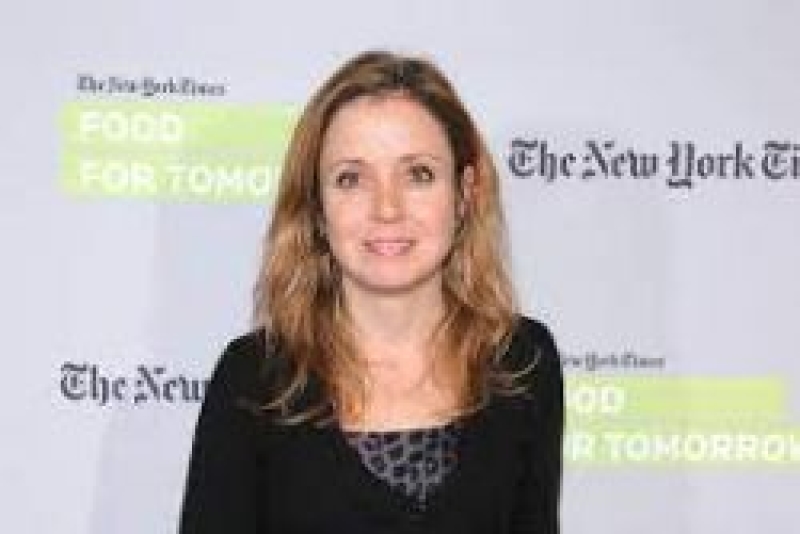- Guterres Urges Leaders to Act as UNGA Week Begins |
- BNP to go door to door for hearts and votes |
- Chittagong port tariffs increased up to 50 per cent |
- Rising Heat Cost Bangladesh $1.8 Billion in 2024 |
- Stocks extend gains; turnover drops in Dhaka, rises in Ctg |
Dispatch From UN Climate Change Conference: Tuesday, Nov. 19

Danielle Nierenberg
Danielle Nierenberg
Today’s the big day!
Every day at COP29 here in Baku has a theme to spark discussion and guide action, and today’s is Food, Water and Agriculture. Up until just a few years ago, there was no official food-related day nor even food systems pavilions at COP conferences, and I am excited to see long-overdue attention being paid to food systems.
Yesterday, I had the honor of starting the day off with a discussion with Fernando Mattos, Uruguay’s Minister of Livestock, Agriculture, and Fisheries, at the IICA Pavilion, and I’ve been reflecting deeply on a line from an article he co-wrote last month:
“The future is not random. Its design depends on our decisions,” he wrote with IICA Director-General Manuel Otero. “With the right approach, we can meet current needs without compromising the ability of future generations to meet their own.”
Indeed, so much of our future depends on whether world leaders are willing to step up this week and make meaningful investments toward combatting the climate crisis and helping the planet recover from the damage we’ve already caused.
And food and agriculture systems must be part of any big-picture solution. As we heard during a variety of events yesterday at the Food and Ag Pavilion, sustainable agriculture and innovation are inseparable from building climate resilience. As Dr. Sajid Haidar said during a conversation at the pavilion: “We need to move to a low emission agri-food system, but we need to do that in a just way. We cannot leave behind our vulnerable and smallholder farmers.”
This reality must be reflected in the financial outcomes from this COP, as well. As we were reminded at the Action on Food Hub Pavilion yesterday, family farmers produce more than 80 percent of the world’s food and receive only about 0.3 percent of international climate funds.
We saw some tentative good news yesterday: The “loss and damage fund” we first heard about at COP27 in Egypt, two years ago, is finally taking shape, with over US$700 million in commitments so far—a good start, but not nearly enough—to help lower-income countries respond to natural disasters made worse by the climate crisis. And in Brazil, where leaders are also meeting for the G20 Summit, countries reached what Reuters called a “fragile consensus” on the importance of climate finance, but no obligatory commitments have been agreed upon yet at either COP29 here in Baku or at the G20 in Brazil.
Climate financing is about more than just money, said Ibrahima Cheikh Diong, the inaugural Executive Director of the Fund for Responding to Loss and Damage.
“We’re talking about people’s lives,” he told the New York Times. “There’s a human face to what we do, and that should inspire us to go faster and better.”
Those who are impacted most by climate change need to be on the front lines of leading our way out of this crisis. They know, from working in the ground day in and day out, that food and agriculture systems are powerful solutions to the climate crisis. We need people in power to listen to them and elevate their voices in decision-making.
As we have more discussions about food, water, and agriculture at COP29, I hope we’ll all be inspired by Fernando Mattos’s words I quoted earlier: “The future is not random. Its design depends on our decisions.”
(Danielle Nierenberg is the President of Food Tank and can be reached at danielle@foodtank.com)

